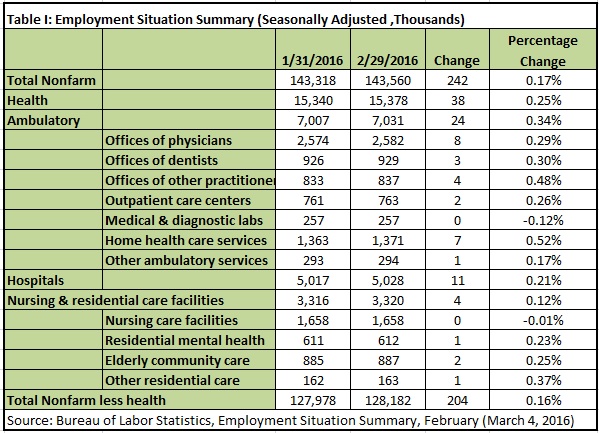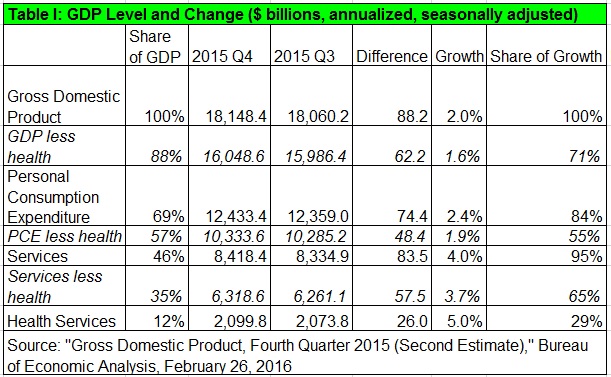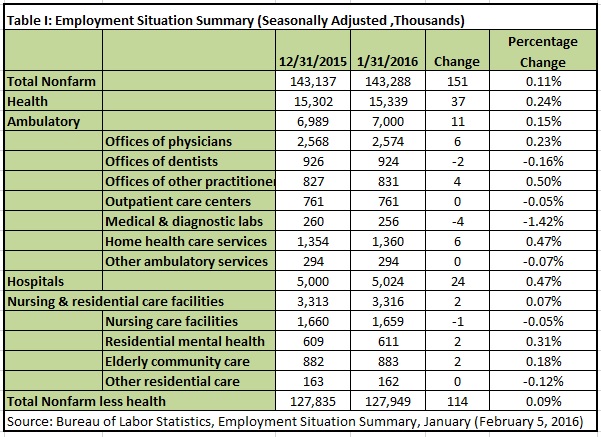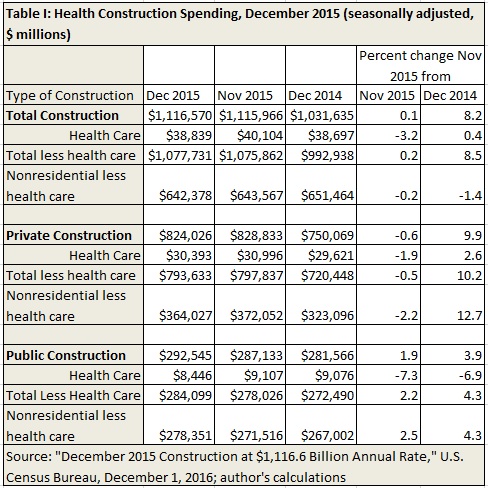CPI: Health Insurance Premiums Jump Amid General Deflation
 This morning’s Consumer Price Index corroborates yesterday’s Producer Price Index, which indicated health insurance and certain other health prices increased in a generally deflationary environment. While the CPI for all items dropped 0.2 percent in February, health insurance increased 1.3 percent. Over the last twelve months, CPI has increased just 1.0 percent, while health insurance has increased 6.0 percent.
This morning’s Consumer Price Index corroborates yesterday’s Producer Price Index, which indicated health insurance and certain other health prices increased in a generally deflationary environment. While the CPI for all items dropped 0.2 percent in February, health insurance increased 1.3 percent. Over the last twelve months, CPI has increased just 1.0 percent, while health insurance has increased 6.0 percent.
Prescription drugs continue to stand out, as well, having increased 0.9 percent last month and 3.4 percent over twelve months. However, the increase in prescription prices alone cannot explain the health insurance premium hikes.
Inpatient hospitals services also stand out, having increased 0.6 percent last month and 4.8 percent in the last twelve months. Outpatient services are only slightly better.
February’s CPI confirms that, while nominal increases in health prices are moderate, real price increases are quite high, because we are in a generally deflationary environment.









